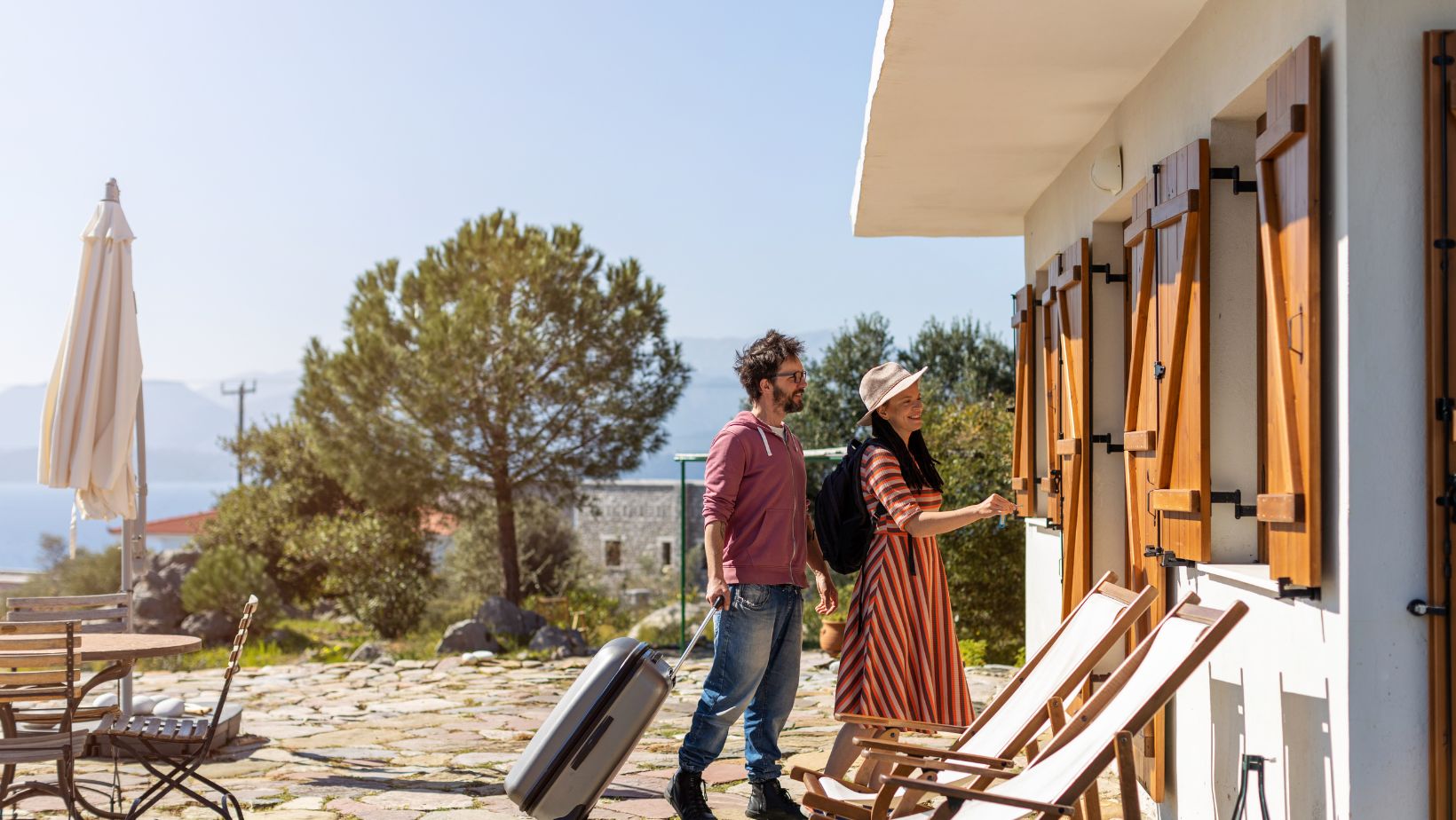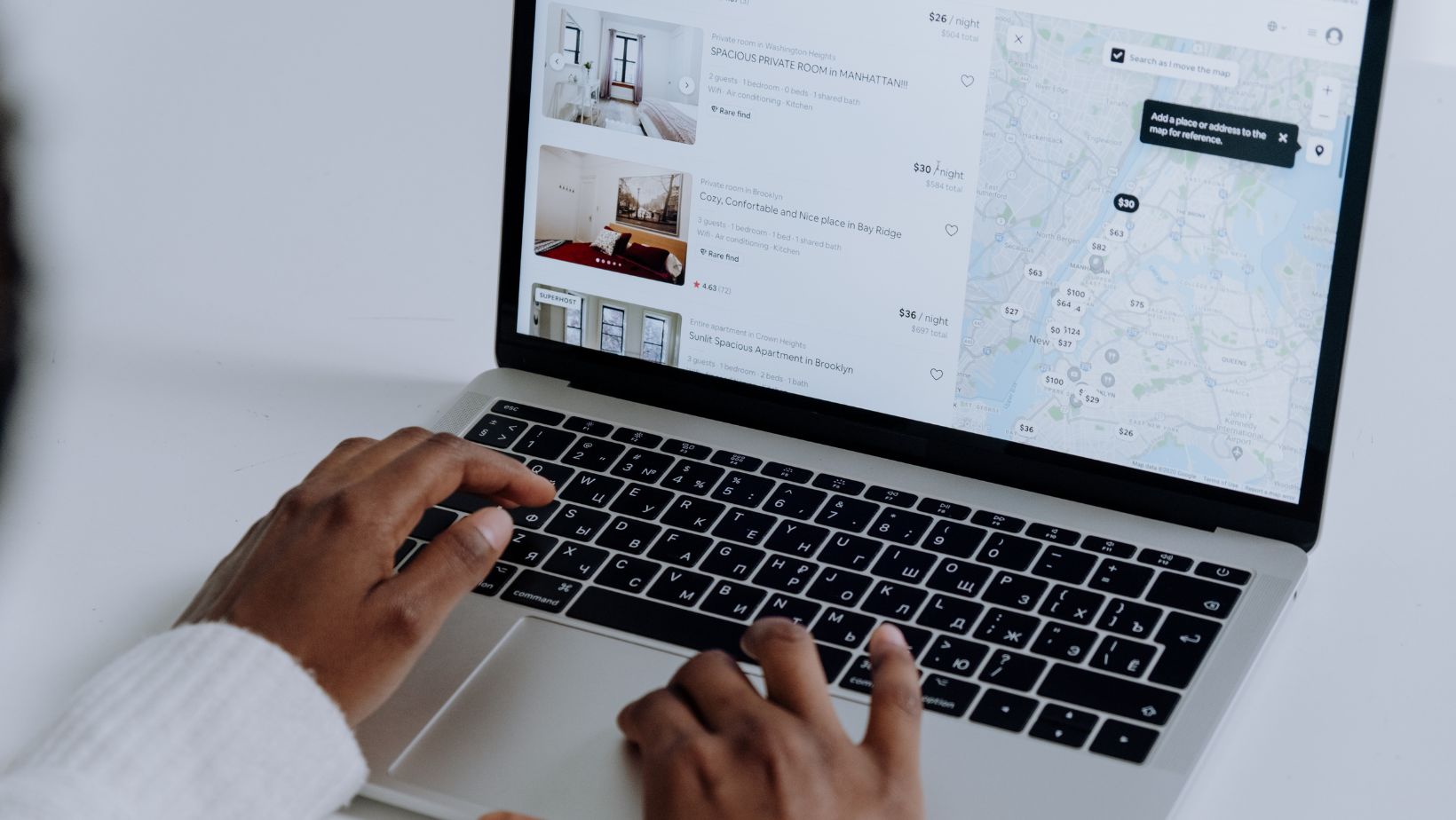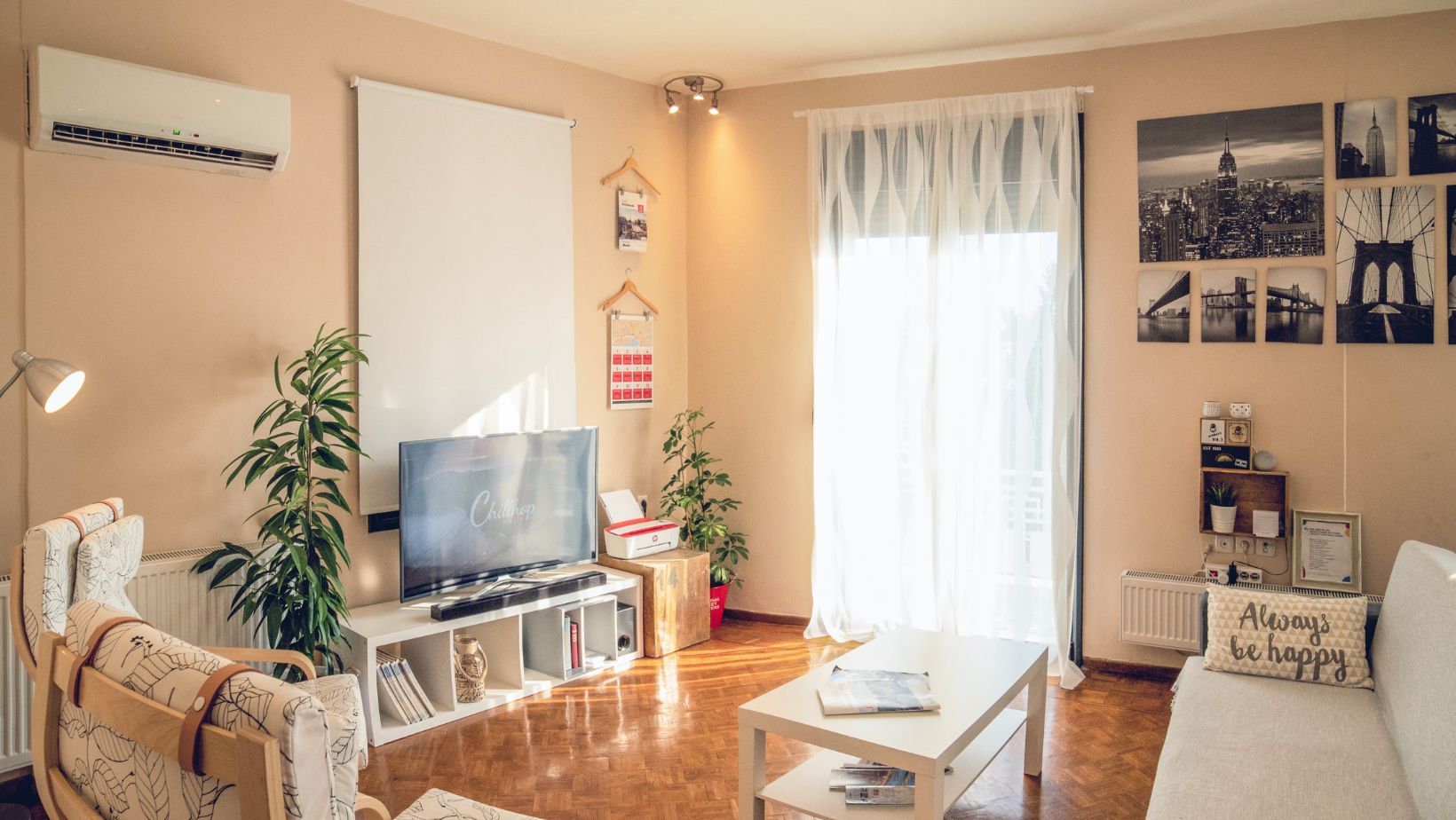
UK landlords, especially in dynamic cities like London, must optimise their Airbnb occupancy rates to ensure the highest possible rental income in the competitive holiday lettings market. Smarthost, an industry leader in Airbnb management in London, UK, offers its expertise and tools to elevate your occupancy rates and rental success.
Understanding Airbnb Occupancy Rates
The Airbnb occupancy rate refers to the percentage of days a property is booked within a specific period. It’s a vital metric for landlords as it directly impacts revenue. A high occupancy rate indicates a well-performing property, while a low rate suggests room for improvement. Occupancy rates are crucial because they directly affect your earnings. Higher occupancy means more consistent income, while lower rates can lead to financial instability.
Key Factors Affecting Airbnb Occupancy Rates in the UK
- Location: Proximity to popular attractions or city center.
- Seasonality: Peak travel times and holiday seasons.
- Pricing: Competitive and dynamic pricing strategies.
- Property Quality: Amenities, cleanliness, and overall appeal.
- Guest Reviews: Positive feedback and ratings boost credibility and bookings.
Average Airbnb Occupancy Rates in the UK
The average UK Airbnb occupancy rate of 70% provides a useful performance benchmark, but there is considerable variation depending on the region.
- London: As a major tourist hub, London often exceeds 80%.
- Cities like Manchester and Edinburgh also perform well, though they typically see slightly lower rates than London.
- In rural areas, occupancy rates can vary widely, mostly due to local attractions and seasonal trends.

Recent years have shown a fluctuating trend in occupancy rates due to factors like the pandemic, economic changes, and travel restrictions. However, there is a noticeable recovery and growth in the demand for Airbnb properties.
Higher Occupancy Rates Strategies for Hosts
Understanding and optimizing Airbnb occupancy rates in the UK involves several key factors that can significantly impact a host’s success.
Location and Proximity to Attractions: Properties located near popular tourist attractions or in bustling urban areas like London typically experience higher occupancy rates due to increased demand. Hosts should highlight nearby points of interest in their listings to attract more guests.
Seasonal variations also play a significant role, with peak travel times like summer and holidays driving more bookings. Adjusting prices seasonally can help maximize occupancy.
Effective pricing strategies are essential. Setting competitive rates, offering discounts for longer stays, and adjusting prices based on local demand can significantly boost occupancy.
The quality of the property and amenities offered also impact guest interest. Properties that are well-maintained and offer amenities such as free Wi-Fi, fully equipped kitchens, and unique features like hot tubs attract more guests. Listings that are regularly updated with high-quality photos and detailed descriptions tend to perform better.
Finally, guest reviews and ratings are vital. Positive reviews build trust and attract more guests, so encouraging guests to leave reviews and addressing feedback promptly is important.
Case Studies and Success Stories
1. Case Study: London Loft
A landlord in central London saw their occupancy rate soar from 65% to 90% within six months. By partnering with Smarthost, they optimized their listing with professional photos, competitive pricing, and targeted marketing. The addition of modern amenities and 24/7 guest communication further boosted their ratings and bookings.

“Working with Smarthost has transformed my Airbnb business. Their expertise and tailored strategies have significantly increased my occupancy rates and income.” — Sarah, London Landlord.
2. Case Study: Coastal Cottage in Cornwall
A coastal property owner in Cornwall improved their occupancy rate by 25% after upgrading the property with premium amenities and implementing a dynamic pricing model. Seasonal promotions and engaging with guests for feedback helped tailor the experience to attract more visitors year-round.
“Understanding your market and adjusting your strategies accordingly is key to maintaining high occupancy rates.” – John Quix, Airbnb Expert.
Conclusion
Optimising Airbnb occupancy rates is an ongoing process that requires attention to detail and strategic planning. Key factors like location, seasonality, pricing, and property quality play significant roles. By continuously monitoring and improving these elements, landlords can achieve higher occupancy rates and maximize their rental income.
For those looking to enhance their Airbnb success, Smarthost offers expert Airbnb management in London, UK. Contact Smarthost to take your property to the next level and ensure consistent, high occupancy rates.















